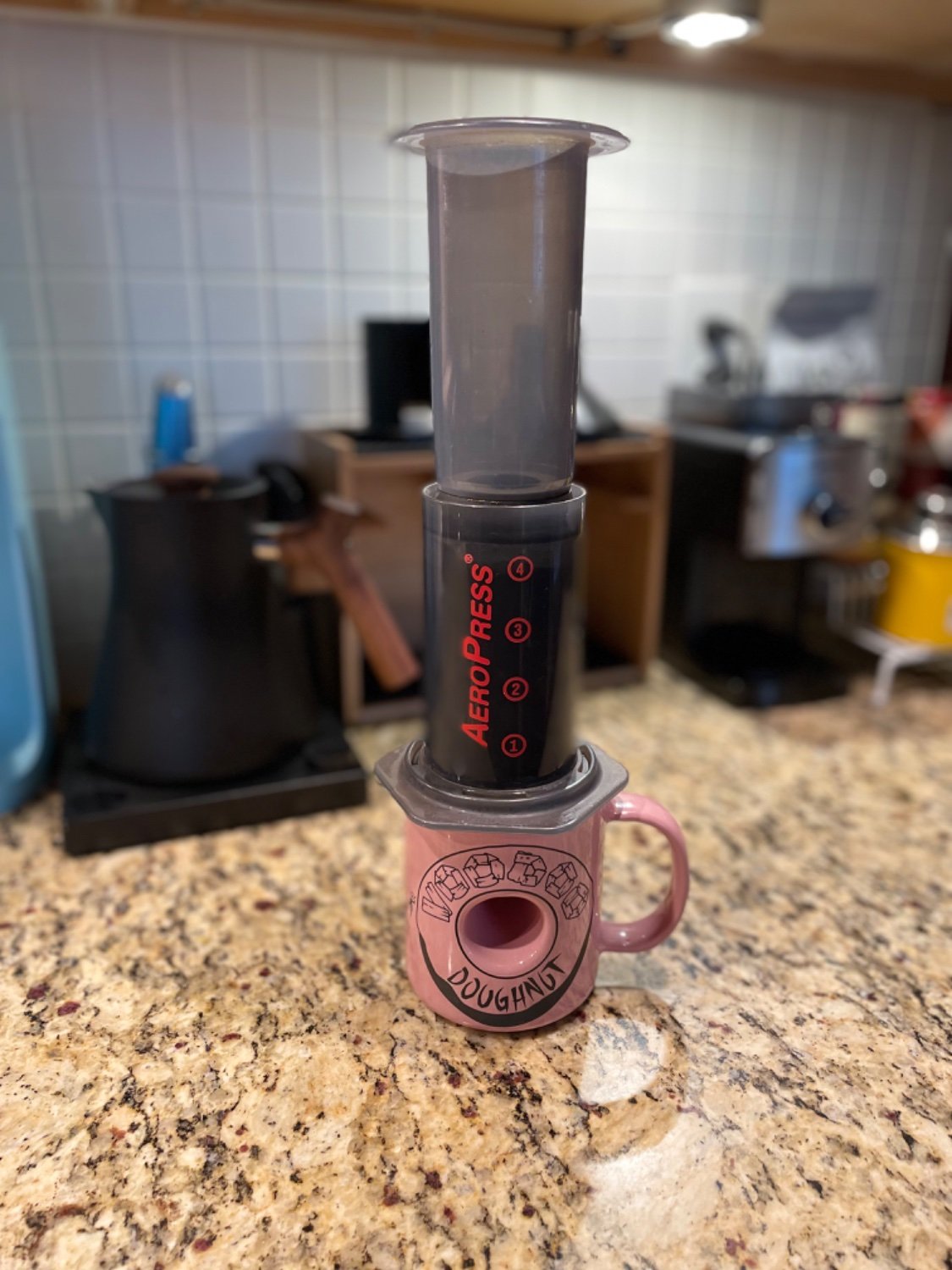this post was submitted on 02 Jul 2023
166 points (96.1% liked)
Coffee
9064 readers
3 users here now
☕ - The hot beverage that powers the world!
Coffee gadgets - It's always great to learn about new gadgets. Please share your favorite hardware or full setups. It might inspire newcomers to experiment!
Local businesses - Please promote your local businesses. If you are not the owner of the business you are promoting, kindly ask the owner if it's okay. It would be great if the business has a physical store to include an exterior or interior shot.
founded 2 years ago
MODERATORS
you are viewing a single comment's thread
view the rest of the comments
view the rest of the comments

not the best article out there but here's one that covers it: https://www.theguardian.com/us-news/2020/feb/18/are-plastic-containers-safe-to-use-food-experts
Seems to me that the results are inconclusive at the moment, which only means that the potential effect can’t be noticed as easily as the effects of asbestos, DDT, smoking or radiation. That doesn’t mean that the effect isn’t there. It may well exist, but it certainly isn’t very strong, because otherwise we would have noticed it already and the debate would have been over decades ago. But since we can’t rule it out at this point, I really don’t blame anyone from being a bit cautious.
As a side note, you would get lots of clicks for your article if you were say that “we’re all going to die because of plastic”, but it wouldn’t be a very defendable position. Fortunately for the author, there is a way to make the reader think that without explicitly saying anything like it. By using clever words like “likely”, “associated”, “possibly”, “may be”, “in vitro”, “could disrupt”, “linked to”, “animal studies” etc. you can sort of say things without actually saying anything. You can also make the reader feel informed without actually conveying much information at all.
I agree about the soft language they use and plastics are a BROAD category of materials.... but yeah, I like to be cautious around exposing them to heat and using them for long term liquid storage.